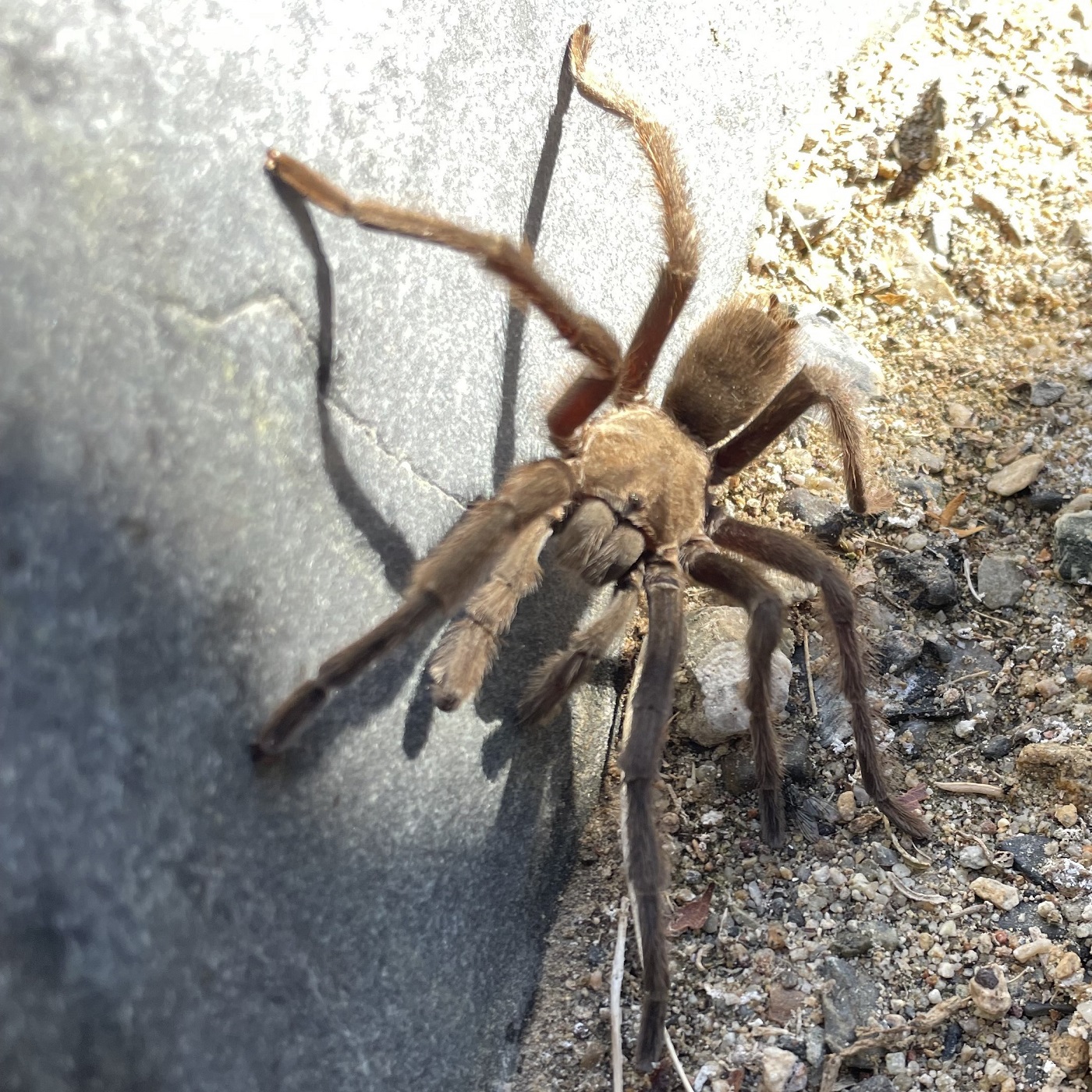Brian Brenner, P.E., F.ASCE, is a professor of the practice at Tufts University and a principal engineer with Tighe & Bond in Westwood, Massachusetts. His collections of essays, Don’t Throw This Away!, Bridginess, and Too Much Information, published by ASCE Press, are available in the ASCE Library.
In his Civil Engineering Source series More Water Under the Bridge, Brenner shares some thoughts each month about life as a civil engineer, considering bridge engineering from a unique, often comical point of view.
Parents and grandparents of younger children are probably familiar with “stuffies.” These are plush toys that babies and toddlers bond with. A stuffy is a soft, cuddly version of an animal, typically a mammal that can have a smiley face and other human attributes. It could be a bunny or a birdy, which are pretty innocuous. The most common stuffy is a teddy bear, which is nice and friendly in a crib but not as nice in the wild.
Some stuffies pose philosophical challenges to parents (grandparents tend not to deal with stuff like that; they are mostly in it for the fun and opportunity to spoil the grandkids). Growing up, my daughter’s favorite stuffy was Lamby, who was almost like a member of the family. Rachel carried Lamby everywhere, even to the dinner table when we were having lamb stew. Fortunately, it was a while before the parents had to explain any connection between Lamby and lamb stew. And yet the topic of cannibalism came up at a relatively early age.
Stuffies make for great presents. Sometimes, too great. Many toddler beds are so filled with stuffies that there is little room left for the toddler.

A baseline design criteria for stuffies, you would think, is that they be cuddly and adorable. So what should we make of this latest trend: tarantula stuffies?
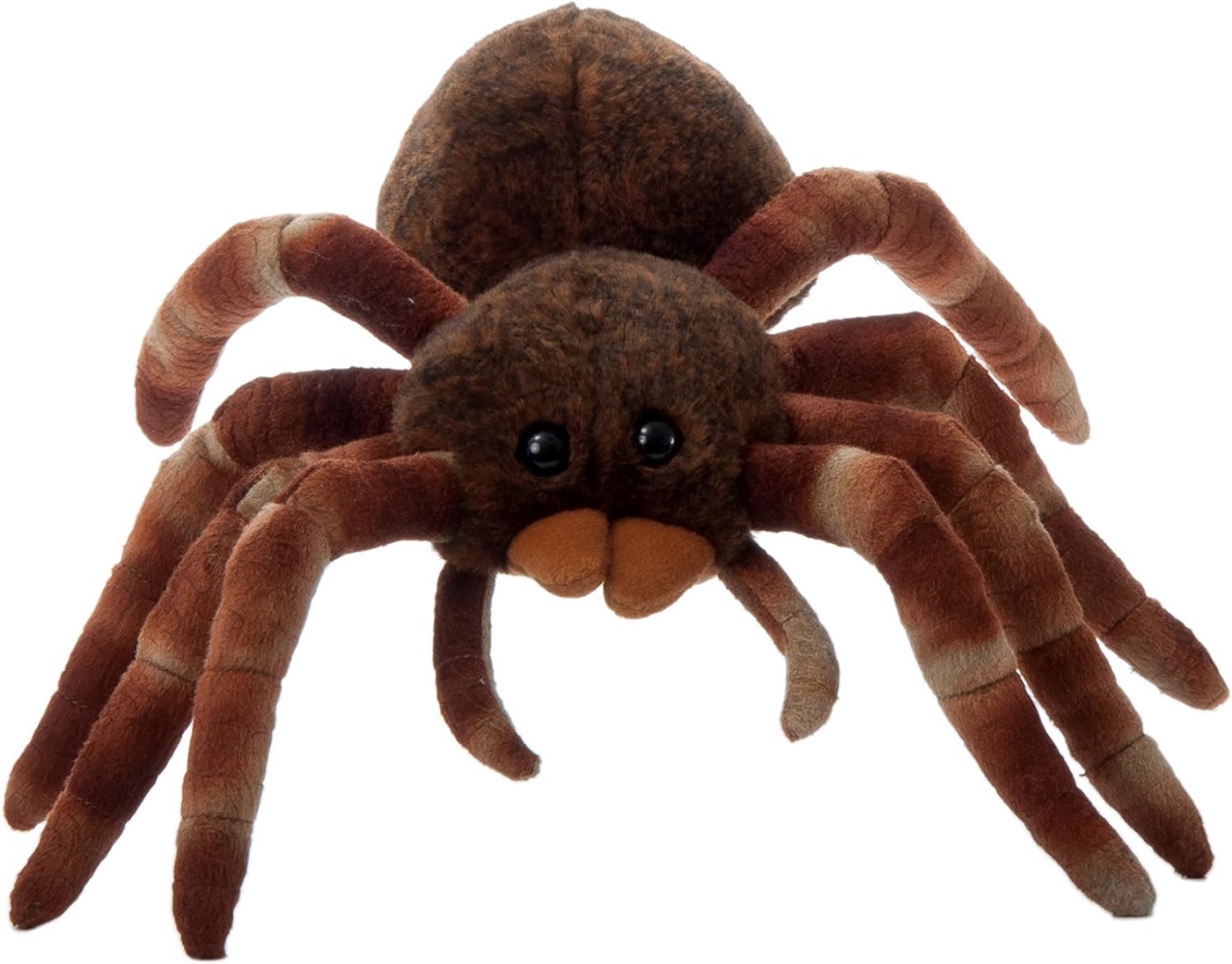
Considering the stuffy above, Amazon provides the following information:
- Our 8-legged friend, the plush Tarantula, makes a fantastic playmate during the day and can bring a sense of safety during the night.
- At a huggable size of 12 inches and being lightweight, this Arachnid is ready to play anytime and can be brought virtually anywhere.
- No Spider-themed room is complete without our Spider plush animals. The ideal gifts for boys and girls of all ages.
I offer some commentary:
- A plush tarantula “can bring a sense of safety during the night” (my emphasis). Also, possibly a need for many years of therapy later.
- “At a huggable size of 12 inches (!!!!!!),” the arachnid can be brought virtually anywhere. Like, to show-and-tell day at school?
- A “spider-themed room is not complete without our spider plush animals.” Stepping back a little bit here, which parents have considered a “spider-themed room” for their kids?
With a quick bit of research, I learned that apparently several parents have done so. This conclusion was based on the availability of spider-themed room merchandise:
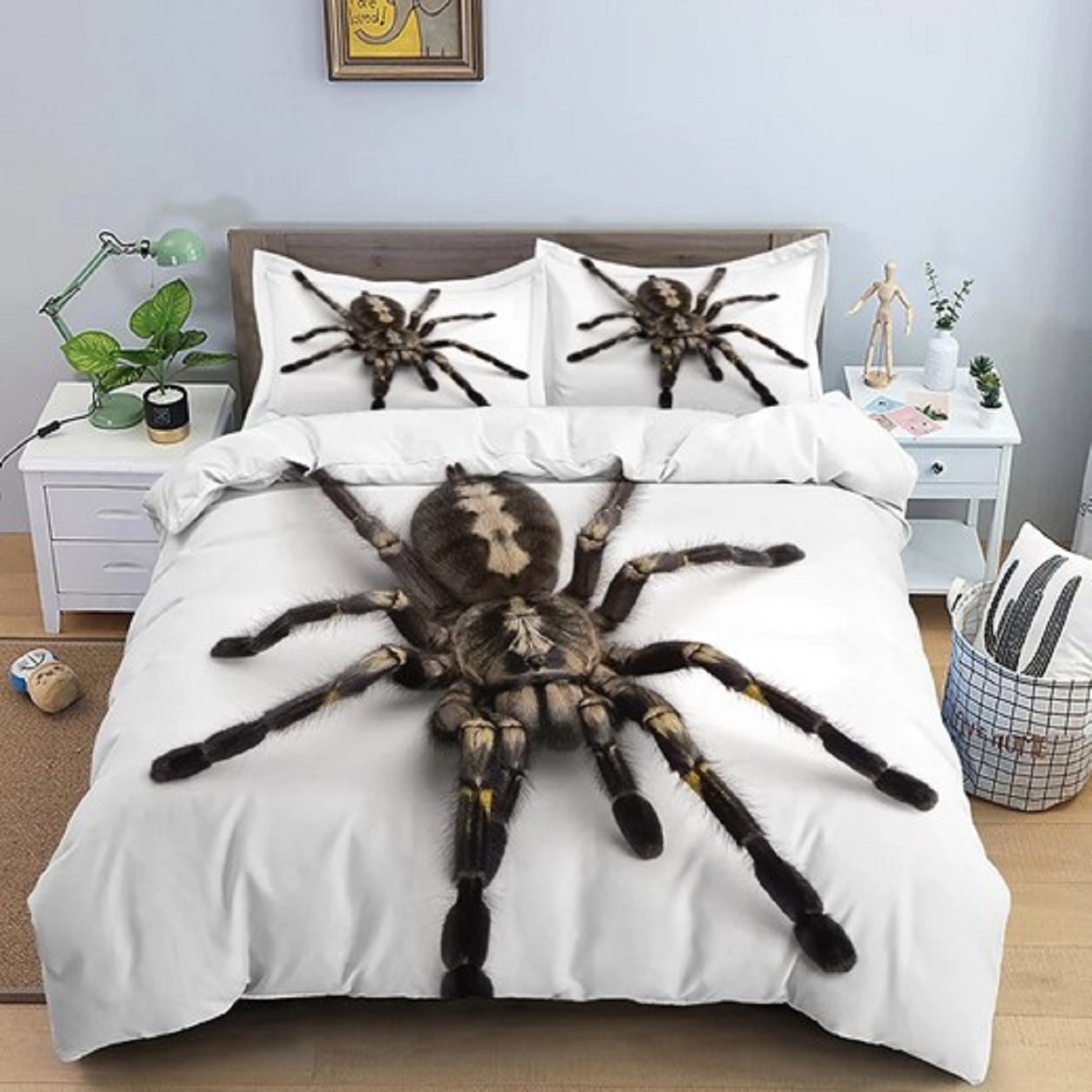
So, I first encountered this unfortunate trend at Death Valley National Park. Death Valley has actual tarantulas, which I did not see, as opposed to stuffies. But visiting a gift shop (Death Valley has gift shops) after a nice day of hiking without tarantulas, I came across some tarantula plush toys. They were about as adorable as a tarantula-themed toy could be.
Yet, still …
The 21st-century version of Death Valley is a lot different than in centuries past. The park’s main feature is a large desert rift valley sunk between two mountain ranges in eastern California. The valley is hot, dry, and harsh. Settlers coming to California in the 19th century did not visit for recreation. Borax was mined and produced in the valley for a period of time starting in 1881.
Modern technology and infrastructure have transformed visiting Death Valley from an experience that more closely resembled its name to one in which the name is mostly, but not completely, ironic. The valley and surrounding deserts and mountains comprise the largest U.S. National Park in the lower 48 states. The place is searing and surreal, and it is still potentially dangerous in the overheated summer if you are careless. But for today’s visitors, it features creature comforts and a complete wilderness experience without as much of the wild part.
Oddly enough, the park’s biggest infrastructure challenge is due to flooding. Death Valley is one of the driest places on earth, with an average annual rainfall of an inch or so. The surrounding mountains block most Pacific storms, but occasionally a few burst through. Two inches of rain in a few hours can result in widespread infrastructure havoc. With little vegetation to absorb it, precipitation leads to flash floods. Roads are washed away, slopes fail, and buildings can be damaged. One of the park’s destinations, Scotty’s Castle, was badly damaged by flooding in 2015. The Castle is a large vacation mansion built in the roaring ’20s. It is at a remote location in the north of the park (most of Death Valley overall is a remote location). After 3 inches of rain in a few hours, debris from flash floods damaged several buildings and blocked access to the site. Reconstruction of the severe damage is still underway years later.
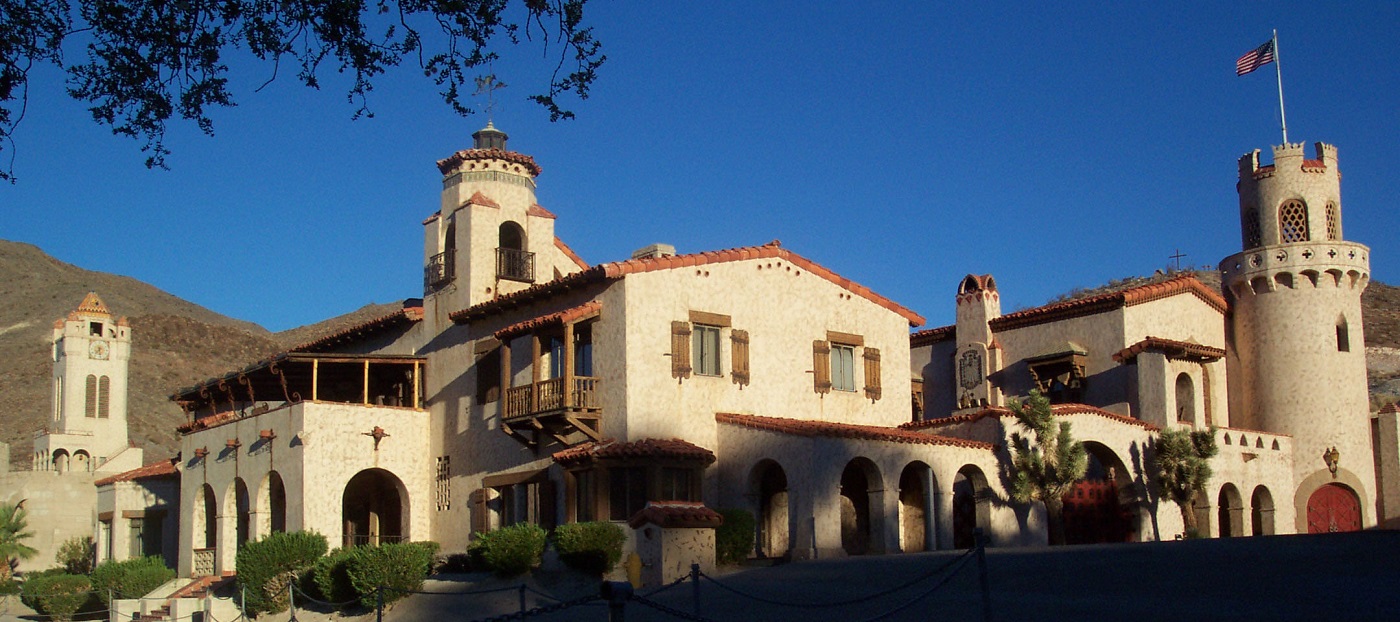
Construction projects in the park are tough because of the valley’s remote locations and harsh climate during much of the year. Equipment and supplies are not readily available and must be transported to sites with limited access. This can make maintaining roads and buildings a Sisyphean exercise when they are repaired and then washed out again after the next round of flooding.
When I visited last March, California DOT was busy repairing damage from the most recent round of storms. In 2023, Hurricane Hilary made it up the Pacific Coast to Los Angeles as a rare tropical storm. Atmospheric rivers of moisture streamed far inland to Death Valley, where 2 inches of rain fell in a day and closed most of the park. After a few months of emergency repairs, many roads were finally open. Still, two years later, the DOT was catching up on shoring and improving the remaining damaged slopes and pavements. At the junction of two key roads near the main park oasis, CA 290 and Badwater Road, a large construction project was underway in early 2025. Slopes on the sides of Badwater Road were shored with gabions, a repair method of choice in the park. While the metal cages have to be brought to the site, rocks to fill the cages and form the gabion structures are available locally in abundance.
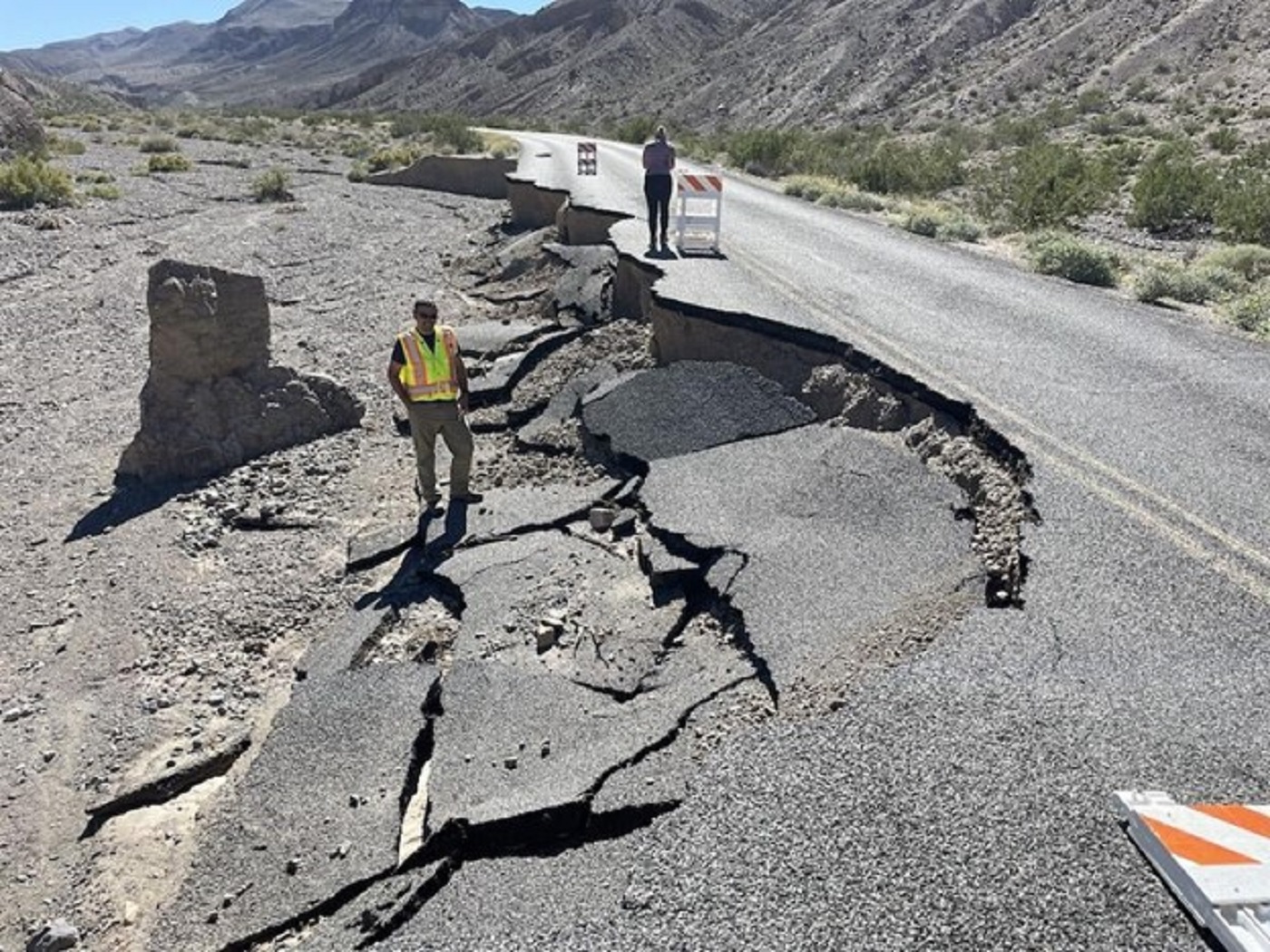
One of the many startling features of the valley is the seeming tenuousness of civilization there. In most locations on Earth, settled places don’t just abruptly end at delineated boundaries. This is not so in Death Valley. There is a sharp borderline between settlement and wilderness. For example, at Stovepipe Wells, one of the two visitor centers in the park, the village infrastructure appears to be a guest in the overall wilderness landscape. In the view below from the entrance to adjacent Mosaic Canyon, you can see windswept miles of surrounding desert, with the settled area looking like a small outpost. You can imagine that if the sky was red, the image might be from a future village on Mars.
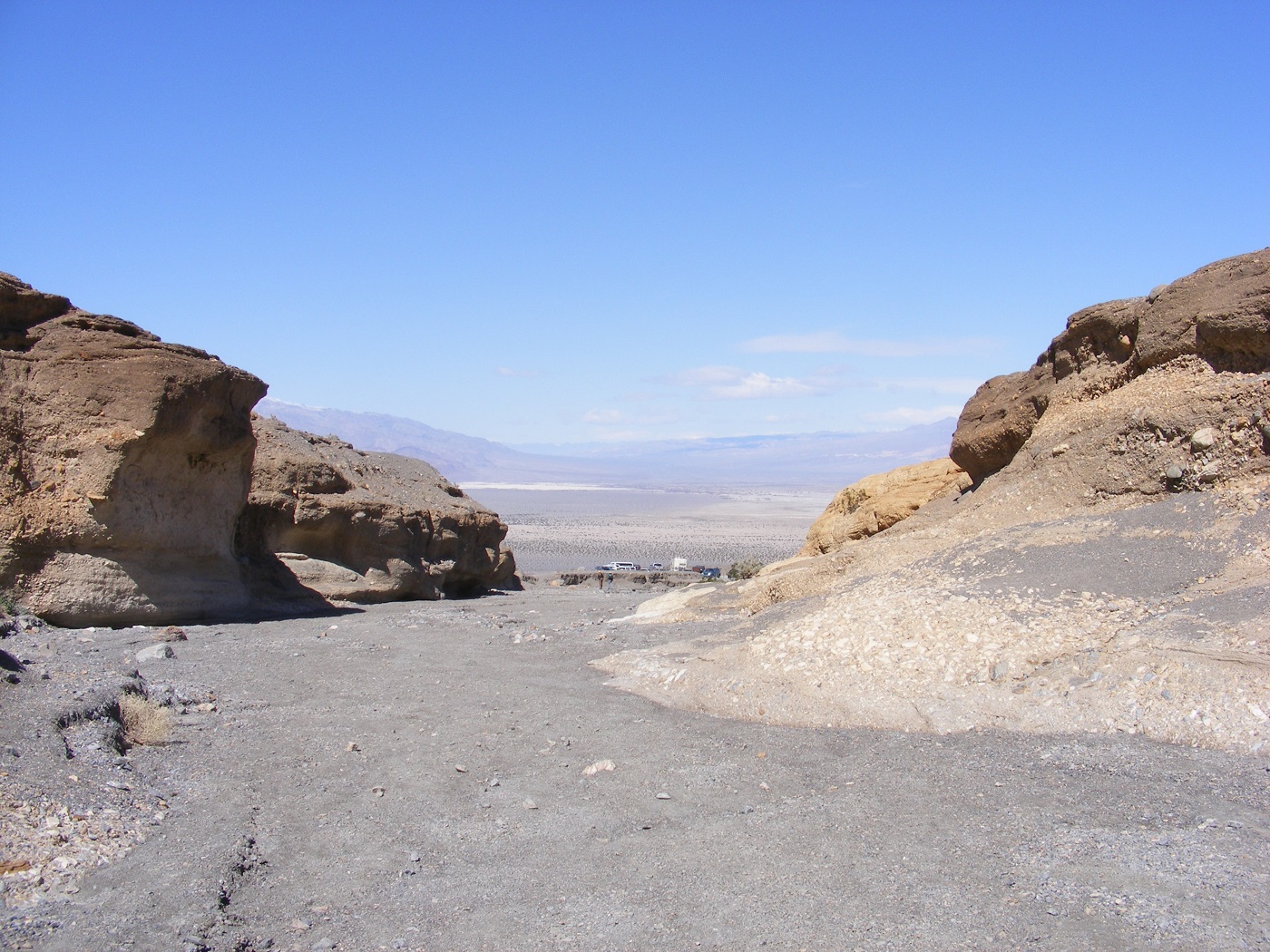
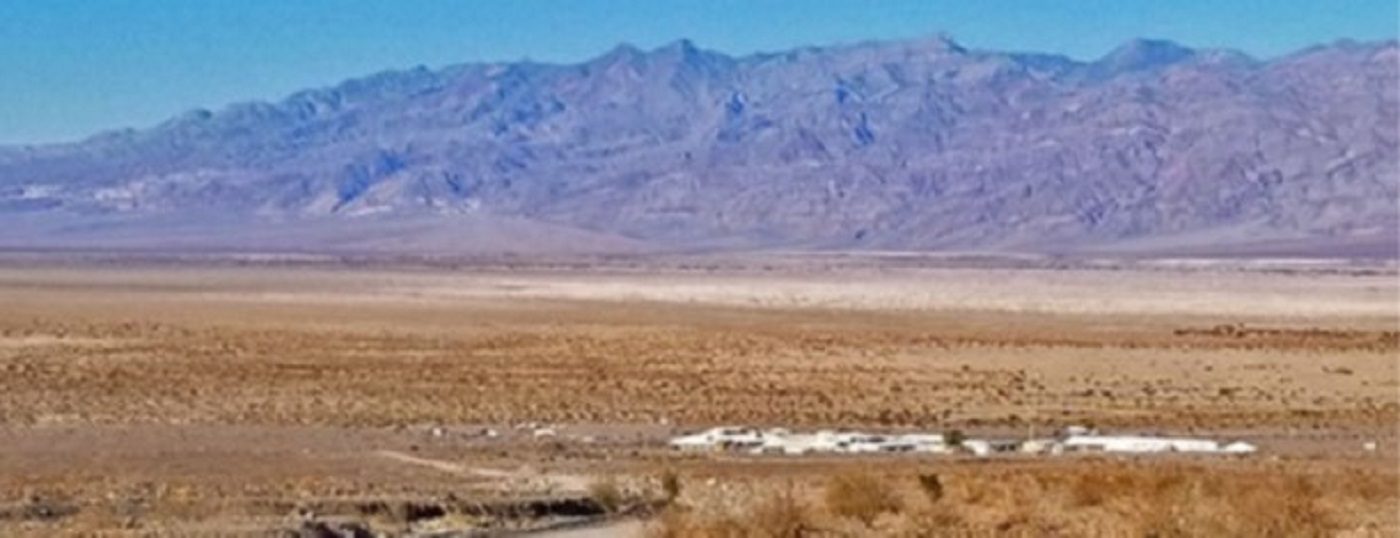
Death Valley is not on Mars, and despite the name, the harsh valley supports a lot of flora and fauna, including tarantulas.
In October 2024, a tarantula was involved in a serious road accident in the park. The arachnid was crossing California highway 190 near Towne Pass, a mountain pass high above the western edge of the valley. Two Swiss tourists braked sharply to miss the spider, and a motorcyclist trailing behind crashed into their van. The spider was not hurt, but the cyclist was badly injured and taken to the nearest hospital, 90 minutes away from the remote crash site.
So, in Death Valley, tarantulas are big enough to cause vehicular accidents. And they are not cuddly.
